-
 bitcoin
bitcoin $103094.926080 USD
3.95% -
 ethereum
ethereum $3398.208576 USD
6.43% -
 tether
tether $0.999971 USD
-0.04% -
 xrp
xrp $2.326205 USD
9.96% -
 bnb
bnb $947.145845 USD
4.46% -
 solana
solana $160.315987 USD
7.54% -
 usd-coin
usd-coin $1.000014 USD
0.01% -
 tron
tron $0.288163 USD
2.37% -
 dogecoin
dogecoin $0.164881 USD
5.50% -
 cardano
cardano $0.536519 USD
7.14% -
 hyperliquid
hyperliquid $40.526327 USD
6.62% -
 chainlink
chainlink $14.898178 USD
5.68% -
 bitcoin-cash
bitcoin-cash $483.923206 USD
4.44% -
 ethena-usde
ethena-usde $0.999280 USD
0.02% -
 stellar
stellar $0.276354 USD
6.32%
Bithumb leverage trading tutorial
Leverage trading on Bithumb involves borrowing funds from the exchange to magnify potential profits but also increases the risk of significant losses.
Nov 09, 2024 at 05:58 am

Bithumb Leverage Trading Tutorial: A Comprehensive Guide for Beginners
Step 1: Understanding Leverage Trading
Leverage trading, also known as margin trading, is a technique that allows traders to magnify their potential profits by borrowing funds from a broker. This can greatly amplify returns, but it also increases the risk of losses. The amount of leverage offered by exchanges varies, with Bithumb offering up to 10x leverage on certain trading pairs.
To understand leverage, consider an example:
- Without leverage: With a capital of $1,000, you can buy $1,000 worth of Bitcoin. If Bitcoin rises by 10%, your profit will be $100.
- With 5x leverage: With the same capital of $1,000, you can borrow $4,000 from Bithumb, giving you a total trading capital of $5,000. If Bitcoin rises by 10%, your profit will be $500.
Step 2: Margin Trading on Bithumb
Before you can engage in leverage trading on Bithumb, you must enable Margin Trading on your account:
- Log in to your Bithumb account.
- Click on "Exchange" in the top menu.
- Scroll down to the "Margin Trading" section and click on "Enable."
- Review the terms and conditions and click "Confirm."
Once Margin Trading is enabled, you can begin trading with leverage:
- Navigate to the "Margin Trading" tab.
- Select the trading pair you wish to trade.
- Choose your leverage amount (up to 10x).
- Specify the order type, quantity, and price.
- Click on "Buy" or "Sell" to place your order.
Step 3: Managing Risk in Leverage Trading
Leverage trading carries significant risks, including the potential for large losses. To mitigate these risks, follow these steps:
- Use stop-loss orders: Stop-loss orders automatically close your position if the asset price falls below a predetermined level, limiting your losses.
- Set realistic profit targets: Don't overextend yourself in pursuit of unrealistic profits.
- Monitor your margin level: Maintain a sufficient margin level to avoid liquidation.
- Understand liquidation risk: If your margin level falls below a certain threshold, your position will be automatically liquidated, leading to significant losses.
Step 4: Borrowing and Repaying Funds
When you trade with leverage, you are essentially borrowing funds from Bithumb. To borrow funds:
- Click on "Margin Assets" in the Margin Trading tab.
- Specify the asset you wish to borrow and the amount.
- Click on "Borrow" to initiate the borrowing process.
To repay borrowed funds:
- Click on "Margin Assets" in the Margin Trading tab.
- Specify the asset you wish to repay and the amount.
- Click on "Repay" to complete the repayment process.
Interest is charged on borrowed funds. The interest rate will vary depending on the asset borrowed and the loan period.
Step 5: Understanding Trading Fees
Bithumb charges fees on all leverage trading transactions. These fees are as follows:
- Trading fee: A percentage fee charged on the traded amount.
- Borrowing fee: A percentage fee charged on the borrowed assets.
- Repayment fee: A percentage fee charged on repaid borrowed assets.
These fees can impact the profitability of your trades.
Step 6: Strategies for Leverage Trading
Leverage trading offers opportunities for increased returns, but it also amplifies risks. To increase your chances of success:
- Develop a trading strategy: Determine your entry and exit points, risk appetite, and profit targets.
- Use technical analysis: Study charts and technical indicators to identify trading opportunities.
- Practice with demo accounts: Test your strategies and familiarize yourself with leverage trading on a demo account before trading with real funds.
Remember, leverage trading is not suitable for all traders. It is essential to understand the risks involved and trade responsibly.
Disclaimer:info@kdj.com
The information provided is not trading advice. kdj.com does not assume any responsibility for any investments made based on the information provided in this article. Cryptocurrencies are highly volatile and it is highly recommended that you invest with caution after thorough research!
If you believe that the content used on this website infringes your copyright, please contact us immediately (info@kdj.com) and we will delete it promptly.
- Unlock Crypto Rewards Daily: Your Guide to Spell Wallet, Daily Puzzles, and Earning MANA
- 2025-11-07 05:10:01
- Hyperliquid, Buybacks, and Pump.fun: Decoding the Trends
- 2025-11-07 04:55:01
- Morpho Network's DeFi Reliability Test: Service Interruption Shakes User Confidence
- 2025-11-07 05:10:01
- Bitcoin, Ethereum, and the Government Shutdown: Navigating the Uncertainty
- 2025-11-07 05:15:01
- Crypto Wallets: From Bitcoin Basics to AI-Powered Future Iterations
- 2025-11-07 04:50:01
- Base Network's Gas Limit: Scaling to New Heights at Mgas/s!
- 2025-11-07 05:00:01
Related knowledge
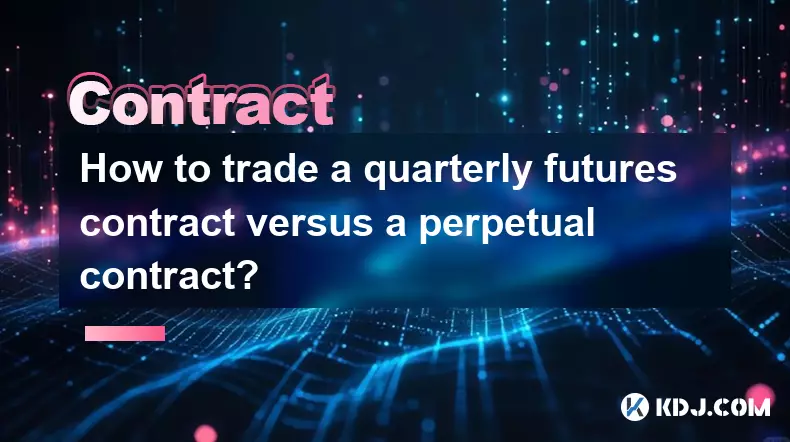
How to trade a quarterly futures contract versus a perpetual contract?
Nov 06,2025 at 06:44am
Understanding the Core Differences Between Quarterly and Perpetual Contracts1. Quarterly futures contracts have a fixed expiration date, typically set...
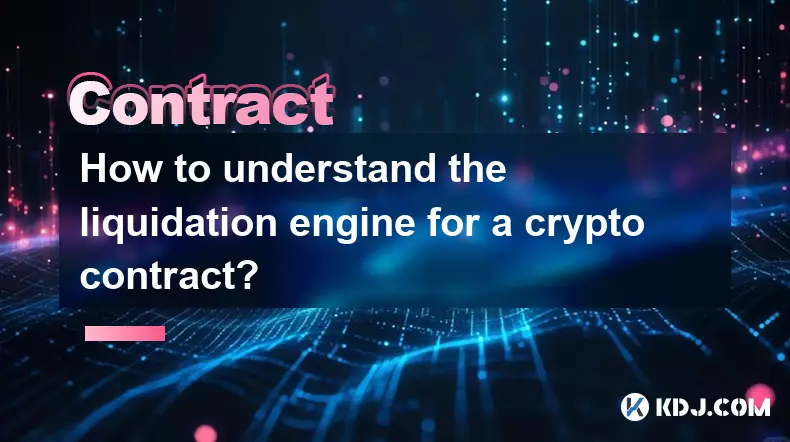
How to understand the liquidation engine for a crypto contract?
Nov 06,2025 at 09:05am
Understanding the Role of Liquidity Pools in Decentralized Finance1. Liquidity pools are foundational components within decentralized exchanges (DEXs)...
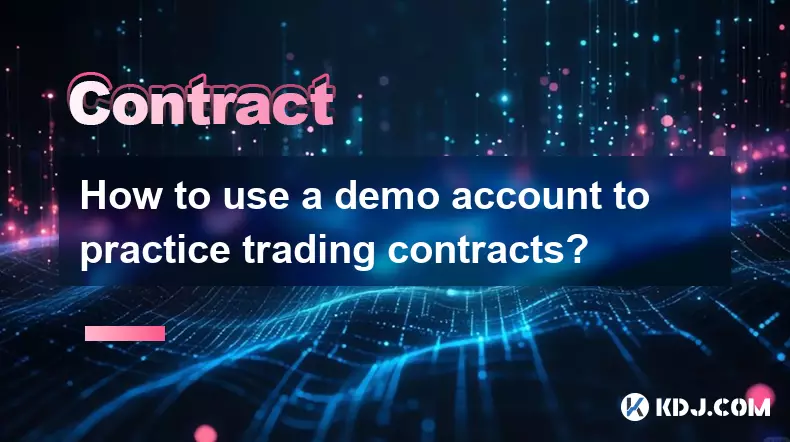
How to use a demo account to practice trading contracts?
Nov 06,2025 at 08:55am
Understanding the Purpose of a Demo Account in Contract Trading1. A demo account allows traders to simulate real market conditions without risking act...
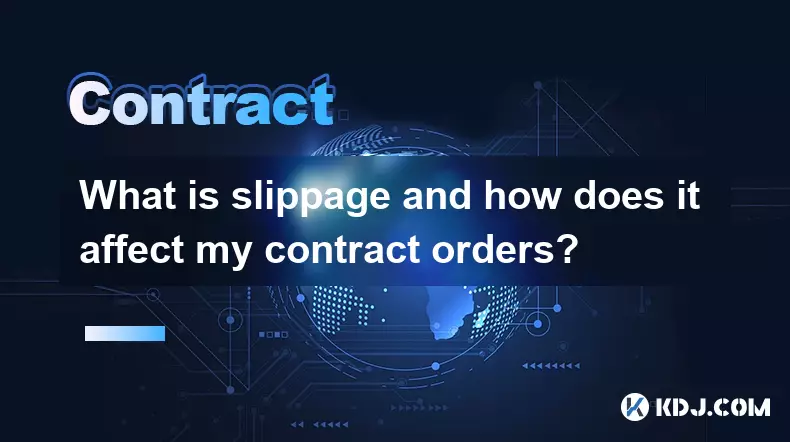
What is slippage and how does it affect my contract orders?
Nov 06,2025 at 05:14am
Understanding Slippage in Cryptocurrency Trading1. Slippage refers to the difference between the expected price of a trade and the actual price at whi...
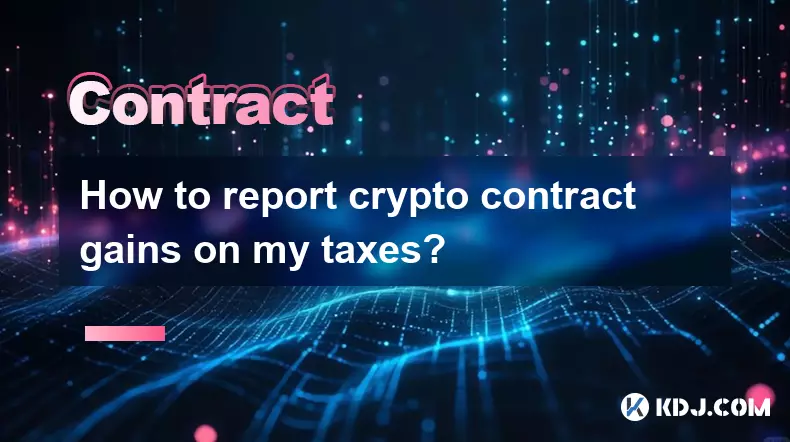
How to report crypto contract gains on my taxes?
Nov 06,2025 at 06:20pm
Tax Classification of Cryptocurrency Gains1. Cryptocurrency contract gains are typically treated as capital gains in most jurisdictions, including the...
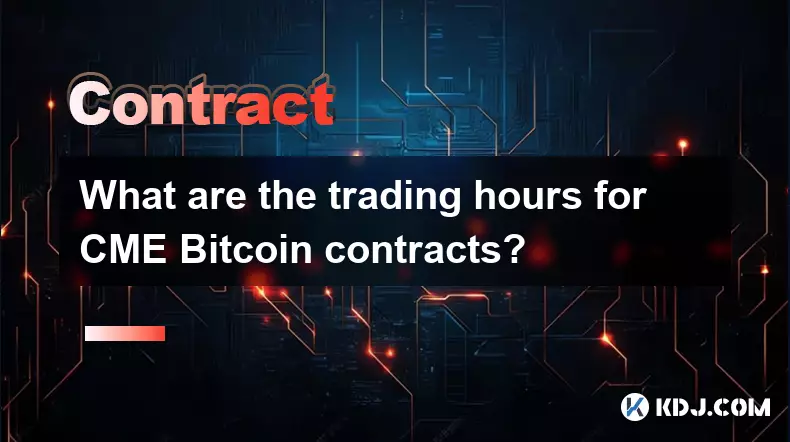
What are the trading hours for CME Bitcoin contracts?
Nov 06,2025 at 02:59pm
Understanding CME Bitcoin Futures Trading Schedule1. The CME Group offers Bitcoin futures contracts that trade nearly around the clock, aligning close...

How to trade a quarterly futures contract versus a perpetual contract?
Nov 06,2025 at 06:44am
Understanding the Core Differences Between Quarterly and Perpetual Contracts1. Quarterly futures contracts have a fixed expiration date, typically set...

How to understand the liquidation engine for a crypto contract?
Nov 06,2025 at 09:05am
Understanding the Role of Liquidity Pools in Decentralized Finance1. Liquidity pools are foundational components within decentralized exchanges (DEXs)...

How to use a demo account to practice trading contracts?
Nov 06,2025 at 08:55am
Understanding the Purpose of a Demo Account in Contract Trading1. A demo account allows traders to simulate real market conditions without risking act...

What is slippage and how does it affect my contract orders?
Nov 06,2025 at 05:14am
Understanding Slippage in Cryptocurrency Trading1. Slippage refers to the difference between the expected price of a trade and the actual price at whi...

How to report crypto contract gains on my taxes?
Nov 06,2025 at 06:20pm
Tax Classification of Cryptocurrency Gains1. Cryptocurrency contract gains are typically treated as capital gains in most jurisdictions, including the...

What are the trading hours for CME Bitcoin contracts?
Nov 06,2025 at 02:59pm
Understanding CME Bitcoin Futures Trading Schedule1. The CME Group offers Bitcoin futures contracts that trade nearly around the clock, aligning close...
See all articles










































































